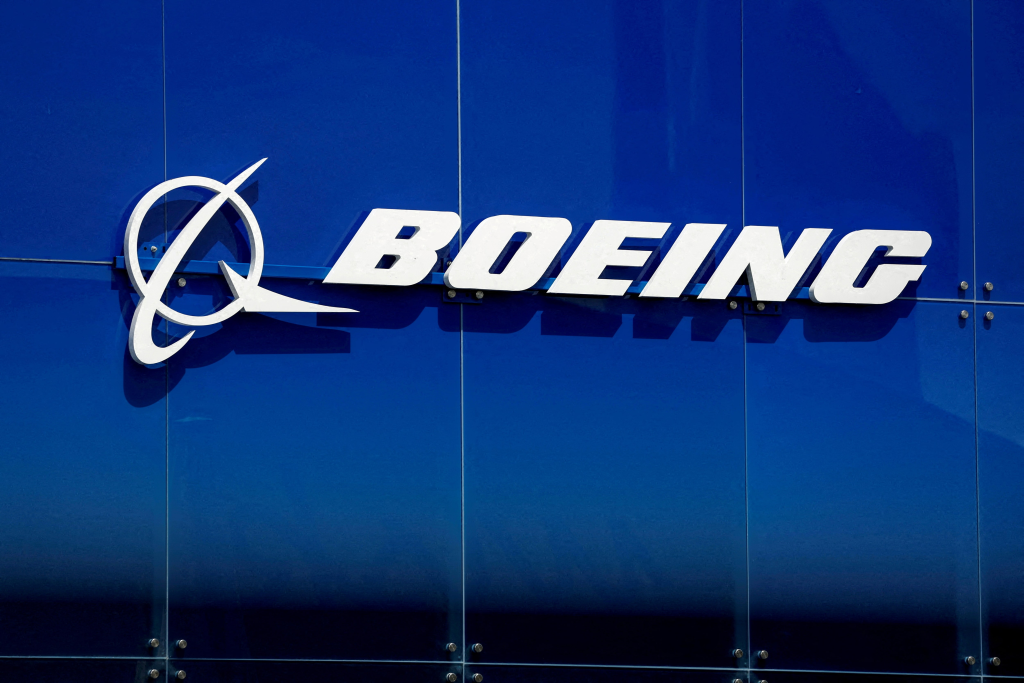The three largest US energy exploration companies paid more than $42 billion to foreign governments last year, about eight times more than what they paid in the United States, according to regulatory filings.
The disclosures from Exxon Mobil (XOM), Chevron Corp, (CVX) and ConocoPhillips (COP) were required this year for the first time ever under a new Securities and Exchange Commission requirement.
Transparency advocates had been pushing for the rule for more than a decade to shine a light on Big Oil’s foreign financial transactions in its global quest for oil, and provide a sense of whether U.S. taxpayers are getting a fair share of the value of soaring U.S. production.
The United States has become the world’s largest oil and gas producer in recent years, thanks mainly to a boom in the massive Permian Basin in Texas and New Mexico.
“The truth is, here in the U.S., we get one of the worst deals for the extraction of our natural resources,” said Michelle Harrison, deputy general counsel for EarthRights International, an environmental advocacy group.
About 90% of Exxon’s nearly $25 billion in global payments went to foreign governments in 2023, even though close to a quarter of Exxon’s global exploration and production earnings come from the United States.
The Texas-based oil giant paid out $22.5 billion in taxes, royalties and other items overseas, with the United Arab Emirates ($7.4 billion), Indonesia ($4.6 billion) and Malaysia ($3.2 billion) topping the list, according to the disclosures.
By contrast, Exxon made about $2.3 billion in U.S.-based payments in 2023, including just $1.2 billion to the U.S. Internal Revenue Service, according to Exxon’s report.
Exxon’s U.S.-based upstream earnings totaled $4.2 billion, compared to $17.1 billion in non-U.S. markets, according to Exxon’s 2023 annual report.
In the preamble of Exxon’s SEC report, the company complained that comparisons between U.S. and overseas payments were not fair and said U.S. government payments totaled $6.6 billion last year when you include more than $4 billion in state and local taxes omitted by the regulations.
Exxon declined to comment further.
Chevron, meanwhile, paid $14.6 billion to foreign governments in 2023, including $4 billion to Australia alone, according to the filings. The company paid just $2 billion in the U.S., according to the filings.
A Chevron spokesperson said the company’s overhead in the U.S. can be much lower than in overseas oil fields.
Chevron’s holdings in the Permian Basin, for example, total about 2.2 million acres with about 75% of that land connected to either low or no royalty payments. Chevron executives see that as a huge advantage and one that creates shareholder value, according to presentations by the company.



